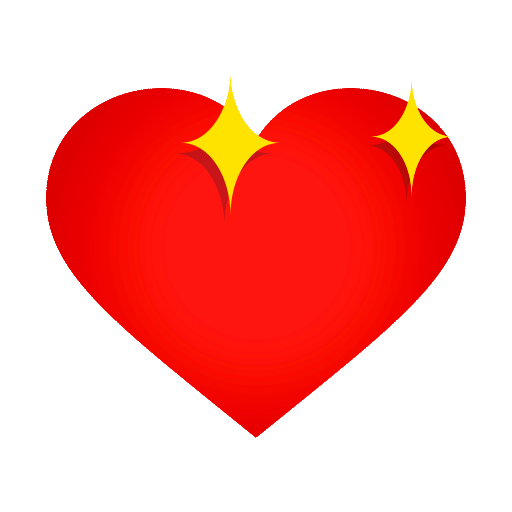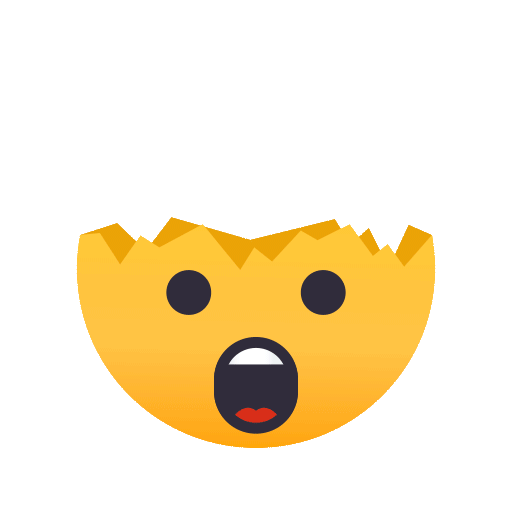Barn Owls and saving the world... Resolutions binned, weary of the excuses of the world, it has been a while concluding what it is exactly, that I do want to do or say. Passion is for me a tool of survival. Essential kit to make it through each day, it is passion that keeps me smiling. The full wholeness of how important natural #life is, the balance and survival we take little notice of, has been there since birth. The softie who 'just loves animals' a label that has irritated me forever, so today there is a little time to share some interest, ignite support, grow some world love? The Barn Owl Tyto alba - Albeit classified on The Red List as Least Risk due to its success world wide, this species has seen a significant decline in the UK, due mostly to changing farming practice, pesticide, loss of habitat and space and suitable nesting areas. Weather plays and tremendous part in all of the natural world existence, (exept for humans of course) as it is and always has been a natural dictator of species strength or struggle. So in the Uk, 2012 saw a tremendous shift as weather conditions became more extreme, leading into a cold late 2013 spring which pushed the season for so many species into a danger zone, the Barn Owl being one of those. Birds of Prey are not everyones cup of tea, but for me they fuel my passion and lead me to explore more, learning, understanding them completes the reasoning. Several years ago I treated me to a weekend working with a falconer, learning some skills, learning about the drive, falling deeply in love with birds, in particular the raptors. Something exciting just looking at one, a commonly shared interest. From here the guidance led me to work alongside a falconer to take the Lantra Award for Beginning Falconry, a must for anyone interesting in taking part in any physical involvement of this sport, yet deeply frowned upon by so very many that I have met since (Will fill in those gaps in due course) So the journey began, on into a diploma, volunteering and exploring. The upside of getting a bird on your fist is the excitement, beauty, exhilaration, the incredulity of having this imprint so close that you see the detail of each barbule, the colour and perfection of feather and shape, it is truly a wonderful experience. The down side is, as is usually the way, people. For anyone who has visited an attraction or watched a display, the excitement is palpable, there is a real instinctive thrill and pleasure shared by the majority. For most they are happily unaware of how unnatural captive bird #life is, yet it is a factor that is becomming more important in conservation as we watch habitat loss and human interaction change the world from natural to manipulated. Captive bred or Imprint birds are those whose lives are humanised, either from the egg stage or once the parent birds have completed the nest duties and instilled some nuance of natural behaviour before the chicks then start a new journey alongside humans, never to live 'natural' #life, as in nothing to do with humans if they can help it! It is swings and roundabouts. Captive breeding is not all questionable, just a little secretive in places. If you hold on to the visual that it is important to preserve species then it makes it strongly acceptable. For instance, take a peregrine... True falconers will agree that this little gem is the real deal. Fastest animal on the planet, reaching in excess of 200 mph in a stoop, it has long been the slick falcon of choice. Then you get the ego boost of an eagle, the hunting prowess of the goshawk, the list goes on. But showmanship and falconry are two different animals entirely. The usual human involvement and its dominating demand will always have a strong, but not always favourable result. Back to said imprints, there are lots of facts that people are unaware of. Among the positives for the well cared for birds, they will live a protected and healthy #life for much longer than their wild counterparts, fed only on excellent healthy supplies, supplemented with good health care, maintenance and exercise all in balance. Don't forget they do not share the same emotional feelings as other domesticated species, they do not like humans but can be encouraged to tolerate them, they show no loyalty or kindness, they need to survive, eat, procreate. Built to fly? certainly, yet a well fed bird will not bother to fly more than it has to, usually to escape danger. So #life for the well cared for birds is an acceptable trade off, the anklets and jesses part of the deal, aviary #life comes with food and good hygiene, clean water and lack of predators, so it is not cruel, far from it. So the Barn Owl is one of those iconic species we love to feel belongs to us, yet they are struggling pretty badly in areas of the UK. Once again, learning them is inspiring. Nocturnal? more Crepuscular in habit, (dusk and dawn) many people just don't get to see them, so even if it is a google image moment, take a close look, they are enchanting. Like most owls they have eyes larger than their brain which are not round like ours, more tubular and fixed into sclerotic rings, so they do not move the eye independently, hence they have more complex vertebrae in the neck allowing a rotation of 270 degrees. Sight is highly tuned and enhances low light and hearing is exceptional, ears are asymetrical to allow more range of sound, with the facial disc of the Barn Owl serving as an enhanced radar dish to funnel sound. There is so much more to say, more fact, more depth, so if you are interested keep watching out for Boog ramblings...












